The drive shaft is a crucial component of a vehicle's drivetrain, responsible for transmitting power from the engine to the wheels. While it's a robust and durable part, drive shaft failures can still occur, leading to significant safety hazards and costly repairs. In this comprehensive blog, we'll delve into the world of drive shafts, exploring what causes drive shaft failure and how to prevent it. We'll cover various factors, from wear and tear to manufacturing defects, that can contribute to drive shaft failures.
Types of Drive Shafts
Before we delve into the causes of drive shaft failure, let's first understand the different types of drive shafts commonly used in vehicles:
a. One-Piece Drive Shafts: Typically found in rear-wheel-drive vehicles, these drive shafts consist of a single shaft that connects the transmission to the rear differential.
b. Two-Piece Drive Shafts: Common in front-engine, rear-wheel-drive vehicles, these drive shafts consist of two separate shafts connected by a center support bearing.
c. Four-Wheel-Drive Drive Shafts: These vehicles often have multiple drive shafts, including a front and rear drive shaft, to power all four wheels.
Understanding the type of drive shaft in your vehicle is essential because different designs can be susceptible to various types of failures.

Causes of Drive Shaft Failure
Now, let's explore the primary causes of drive shaft failure:
a. Wear and Tear: Over time, drive shafts can suffer from normal wear and tear due to the constant rotation and transmission of power. This wear can lead to issues like vibration and imbalance, eventually resulting in failure if not addressed promptly.
b. Lack of Maintenance: Neglecting regular maintenance, such as lubrication and inspections, can accelerate wear and tear on drive shaft components, increasing the risk of failure.
c. U-Joint Failure: Universal joints (U-joints) are critical components of drive shafts, allowing for flexibility and torque transfer. When U-joints wear out or fail, it can lead to vibrations, loss of power transmission, and ultimately, drive shaft failure.
d. Imbalanced Driveline: An imbalanced driveline can exert uneven forces on the drive shaft, causing stress and accelerated wear. This imbalance can result from issues with components like the differential, tires, or wheel assemblies.
e. Overloading: Exceeding the vehicle's weight capacity or towing capacity can put excessive strain on the drive shaft, leading to premature failure.
f. Manufacturing Defects: In some cases, drive shafts may have manufacturing defects that compromise their structural integrity. These defects can include improper welding, material flaws, or design issues.
g. Corrosion and Rust: Drive shafts are exposed to harsh environmental conditions, including road salt and moisture. Over time, corrosion and rust can weaken the drive shaft, making it more susceptible to failure.
h. Impact Damage: Hitting potholes, debris, or other obstacles on the road can cause impact damage to the drive shaft, leading to cracks or fractures.
i. Improper Installation: Incorrect installation or alignment of the drive shaft can introduce stress and strain that may lead to failure over time.
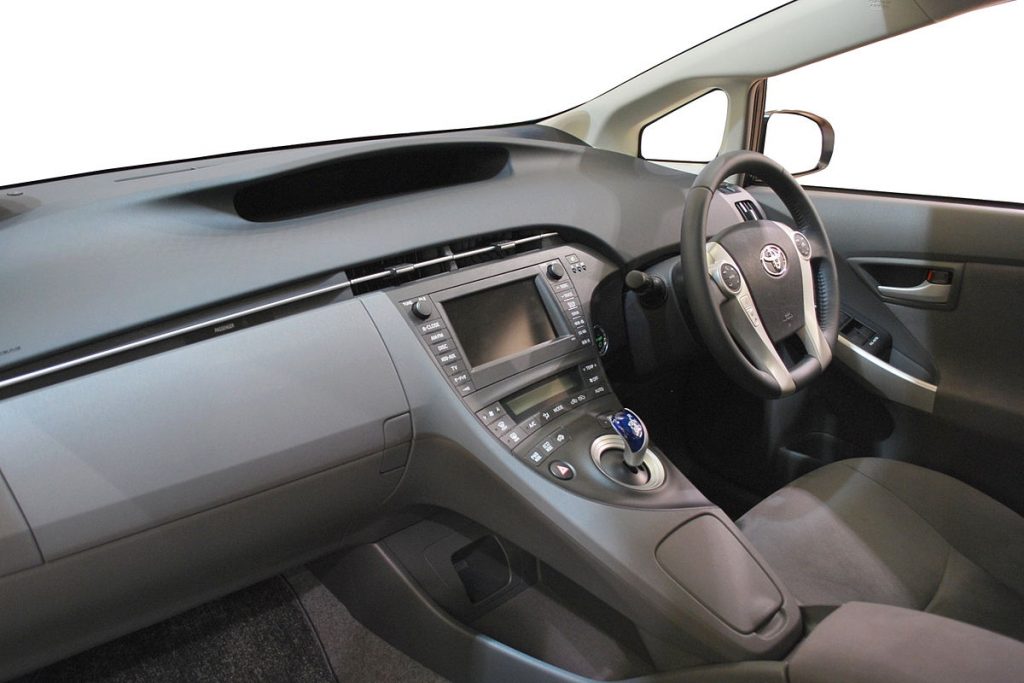
Signs of Drive Shaft Failure
Recognizing the signs of impending drive shaft failure is crucial to prevent accidents and costly repairs. Here are some common symptoms to watch out for:
a. Vibrations: Excessive vibrations, especially at certain speeds, can indicate an issue with the drive shaft or related components.
b. Clunking or Knocking Noises: Unusual noises coming from the undercarriage of your vehicle, particularly during acceleration or deceleration, may signal a problem with the drive shaft or U-joints.
c. Driveline Fluid Leaks: Leaking driveline fluids, such as differential oil, can indicate a potential issue with the drive shaft seals or differential.
d. Loss of Power: If you experience a sudden loss of power when accelerating, it may be due to a drive shaft problem, particularly if you have a rear-wheel-drive vehicle.
e. Excessive Play or Movement: A noticeable play or movement in the drive shaft or U-joints can be a sign of wear or damage.
f. Vehicle Pulling to One Side: If your vehicle tends to pull to one side while driving, it could indicate an imbalance or misalignment in the driveline, which includes the drive shaft.
Preventing Drive Shaft Failure
Preventing drive shaft failure is essential to ensure the safety and longevity of your vehicle. Here are some proactive steps you can take:
a. Regular Maintenance: Follow the manufacturer's recommended maintenance schedule, including lubricating U-joints and inspecting the drive shaft for signs of wear.
b. Balance and Alignment: Ensure that your vehicle's wheels and tires are properly balanced and aligned to prevent unnecessary stress on the drive shaft.
c. Weight and Towing Limits: Always adhere to your vehicle's weight and towing capacity to avoid overloading the drive shaft.
d. Avoid Off-Roading Hazards: If you engage in off-road driving, be cautious and avoid rough terrain that could lead to impact damage.
e. Rust Prevention: Protect your drive shaft from corrosion and rust by washing your vehicle regularly, particularly in areas with road salt usage during winter.
f. Professional Installation: When replacing or repairing the drive shaft, rely on qualified technicians who can ensure proper installation and alignment.
g. Timely Repairs: Address any unusual vibrations, noises, or handling issues promptly to prevent further damage and avoid costly repairs.
In Conclusion
The drive shaft is a vital component of a vehicle's drivetrain, responsible for transmitting power from the engine to the wheels. Understanding the causes of drive shaft failure and recognizing the warning signs can help you prevent accidents and expensive repairs. Regular maintenance, proper alignment, and responsible vehicle operation are key to ensuring the longevity and reliability of your drive shaft. By taking proactive measures and addressing issues promptly, you can keep your vehicle's drive shaft in optimal condition and enjoy a safe and smooth driving experience.
The Previous Articles:
What Is Rack and Pinion Bushing? How To Tell If Rack and Pinion Bushings Are Bad?
Why Steering Rack Makes Noise When Turning?
How To Rebuild A Steering Rack?
What Is A Rotary Valve Power Steering Rack?
Rack And Pinion System Vs Power Steering System: What Are The Differences?
Power Steering Rack Market Analysis Report (Japan Market)
What Causes Steering Rack to Go Bad?
Design Of Car Rack And Pinion Steering Racks
What Is The Intelligent Steering Rack Used By VW, Toyota, Honda And Renault?
Understanding Steering Angle Sensors: A Detailed Overview
Demystifying Power Steering Fluid: Understanding Its Role in Steering Systems
What is steering rack repair kit?
What is power steering reservoirs?
Understanding the Severity of Rack and Pinion Leaks in Your Vehicle
How to Find a Reliable Supplier of Steering Rack in China? Why You Should Choose Us?
What Is a Steering Rack Belt: Exploring the Role of Electric Steering Rack Belts
What Causes Drive Shaft Failure?
Steering Rack: When Should You Replace It?
Is Steering Rack Expensive to Fix? Exploring Steering Rack Repair and Costs
Demystifying the Difference Between Steering Rack and Steering Column

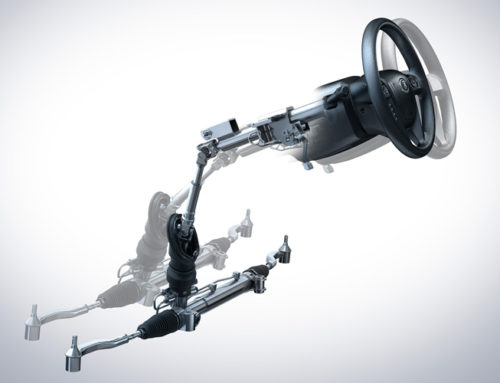
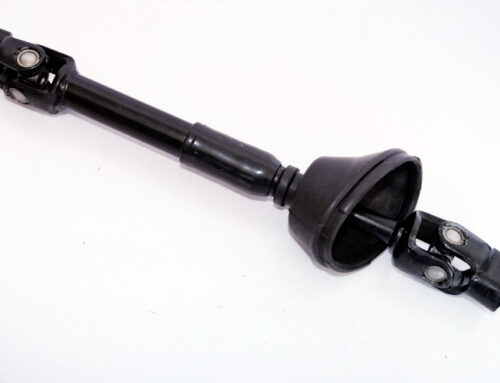
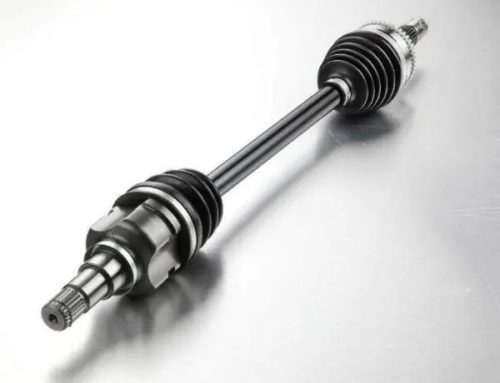
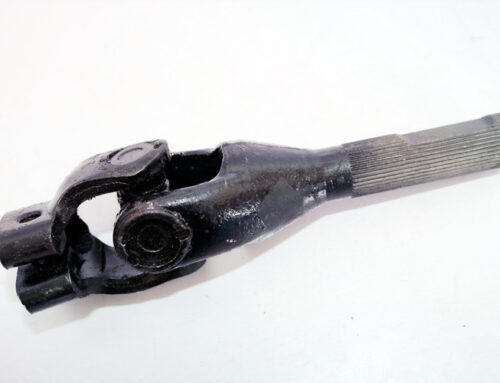

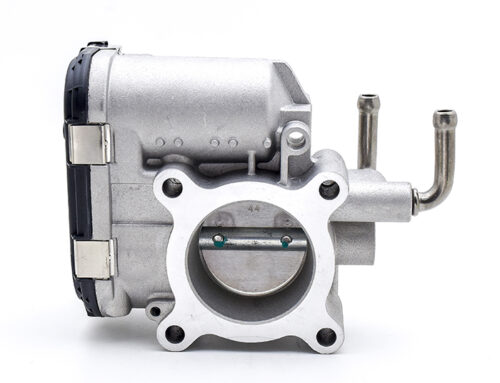
whoah this blog is excellent i like reading your posts. Keep up the good paintings! You already know, lots of persons are looking round for this information, you could help them greatly.